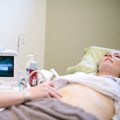Sporting Injuries: Strains, Sprains and Corkies
Muscle Strains
A muscle strain occurs when the muscle-tendon unit cannot cope with the demand asked of it through loading such as exercise and results in a tear of the fibres. This is often the result of overstretching or a very strong eccentric contraction (contracting whilst lengthening) such as seen in sprinting and jumping sports.
Muscle strains are graded as follows:
Grade 1 (mild) – the tearing of a few fibres of the muscle. Symptoms are pain and tenderness over the muscle, but no loss of strength or range of motion.
Grade 2 (moderate) – partial tear of the muscle resulting in acute pain, swelling and a reduction in strength.
Grade 3 (severe) – complete rupture of the muscle or muscle-tendon unit. This results in a complete loss of function of the muscle.
Treatment of the injury follows first aid principles of P.R.I.C.E to start. As soon as pain allows, muscle mobilisation is commenced, limited by pain. Treatment is progressed into strengthening gradually before adding proprioception retraining and sports specific exercises. Prevention programmes will help to prevent a recurrence.
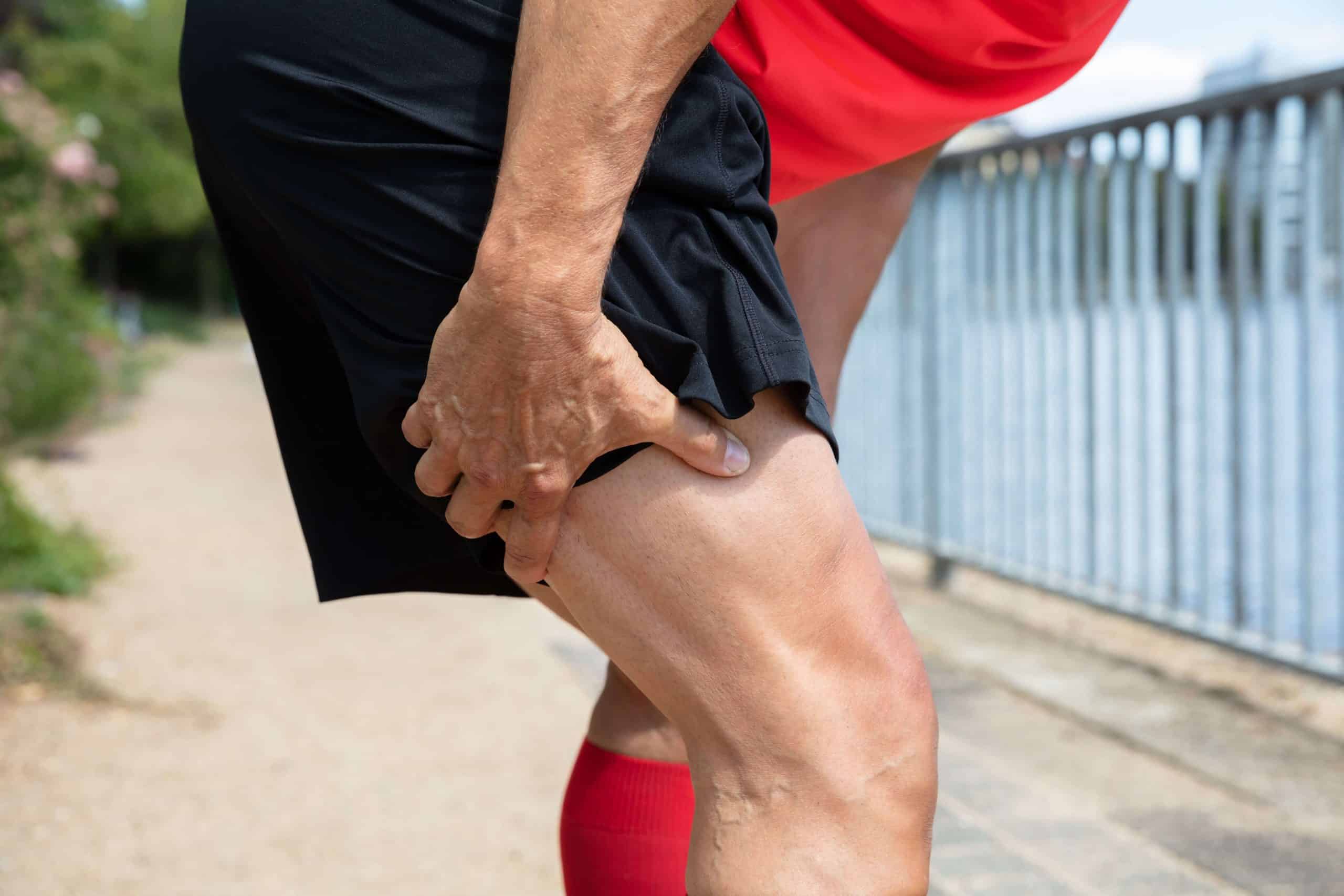
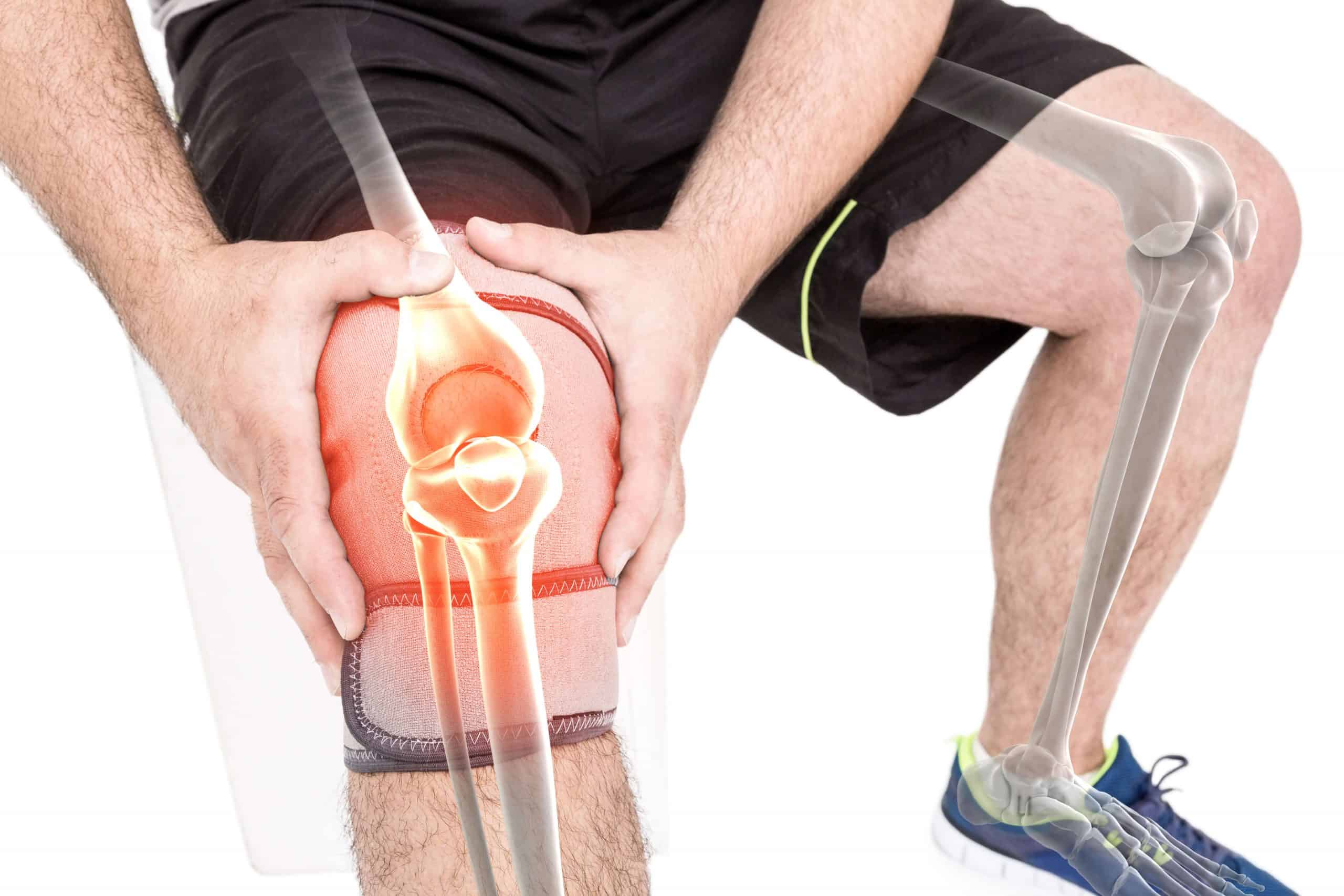
Ligament Sprains
A sprain is an injury to the ligament, which is the band of strong collagen fibres holding 2 bones together in a joint. This is often the result of a joint moving past its normal physiological range of motion and overstretching the ligament.
Common ligament injuries are:
- Lateral ankle sprain (lateral ligament)
- Medial ankle sprain (deltoid ligament)
- AC joint sprain
- MCL knee sprain
- LCL knee sprain
Ligament Injuries
Ligament injuries are graded by the severity of the ligament tissue damage as follows:
Grade 1 microscopic tearing of the ligament with no visible injury (macroscopic)
Grade 2 macroscopic (visual) tearing of fibres of the ligament
Grade 3 partial tear of the ligament
Grade 4 complete rupture of the ligament
Mild to moderate (Grade 1-3) sprains can be treated conservatively with physiotherapy and generally recover well within 6 weeks. Treatment initially follows P.R.I.C.E first aid, followed by early mobilisation and early weight-bearing. After the initial stages of rehabilitation, physiotherapy will include regaining range of motion, strengthening, proprioception and neuromuscular control training, sports specific exercises and return to sports training.
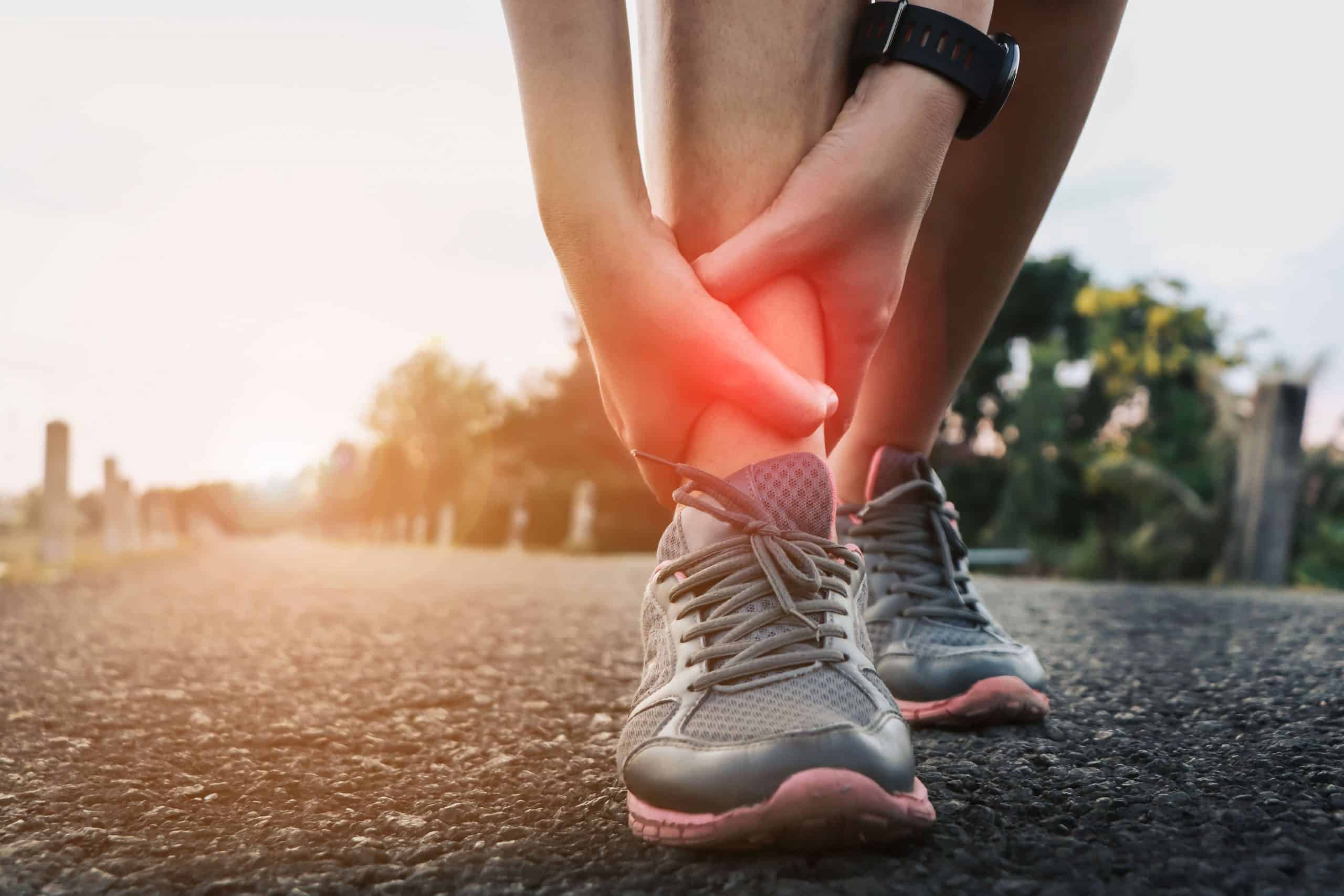
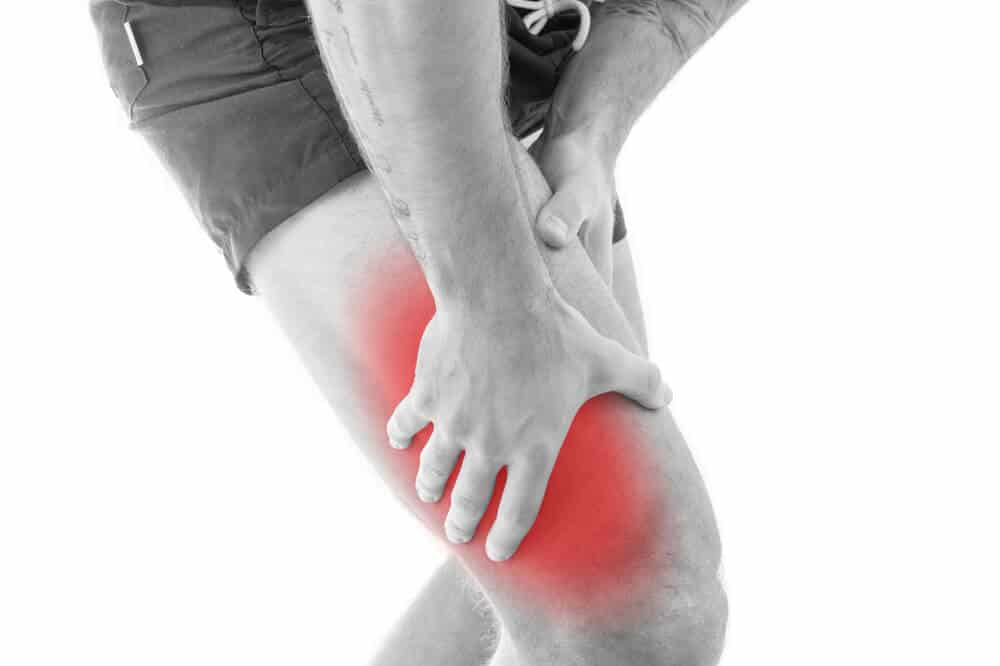
Corkies (Muscle Contusions or Haematomas)
What is a corkie?
A corkie, otherwise known as a muscle contusion or haematoma, is a deep bruise in a muscle following blunt force trauma. This is often the result of a collision in sport such as where an athlete is kneed in the thigh but may occur in any muscle. This is a similar injury to a muscle strain resulting in tearing of the muscle fibres and bleeding within the muscle.
Corkie treatment
Treatment initially follows P.R.I.C.E first aid, followed by mobilisation of the muscle. It is important to refrain from heat or massage in the first 72 hours as this can increase the bleeding in the muscle tissue and make the injury worse. Rehabilitation in the later stages includes muscle mobilisation, strengthening and a graduated return to sport.
Our Services
Our expert physiotherapists are trained to assess your muscle or joint pain and determine the cause. They can also screen sporting people/athletes for risk factors and teach/recommend preventative injury programs. The services that will help you prevent or recover from your sporting injury are:
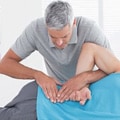
Physiotherapy
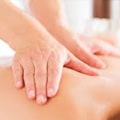
Remedial Massage
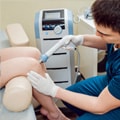
Shockwave Therapy
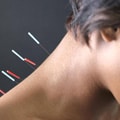
Dry Needling

Taping and bracing
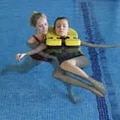
Exercise prescription

Exercise programs – hydro, gym, pilates, classes
